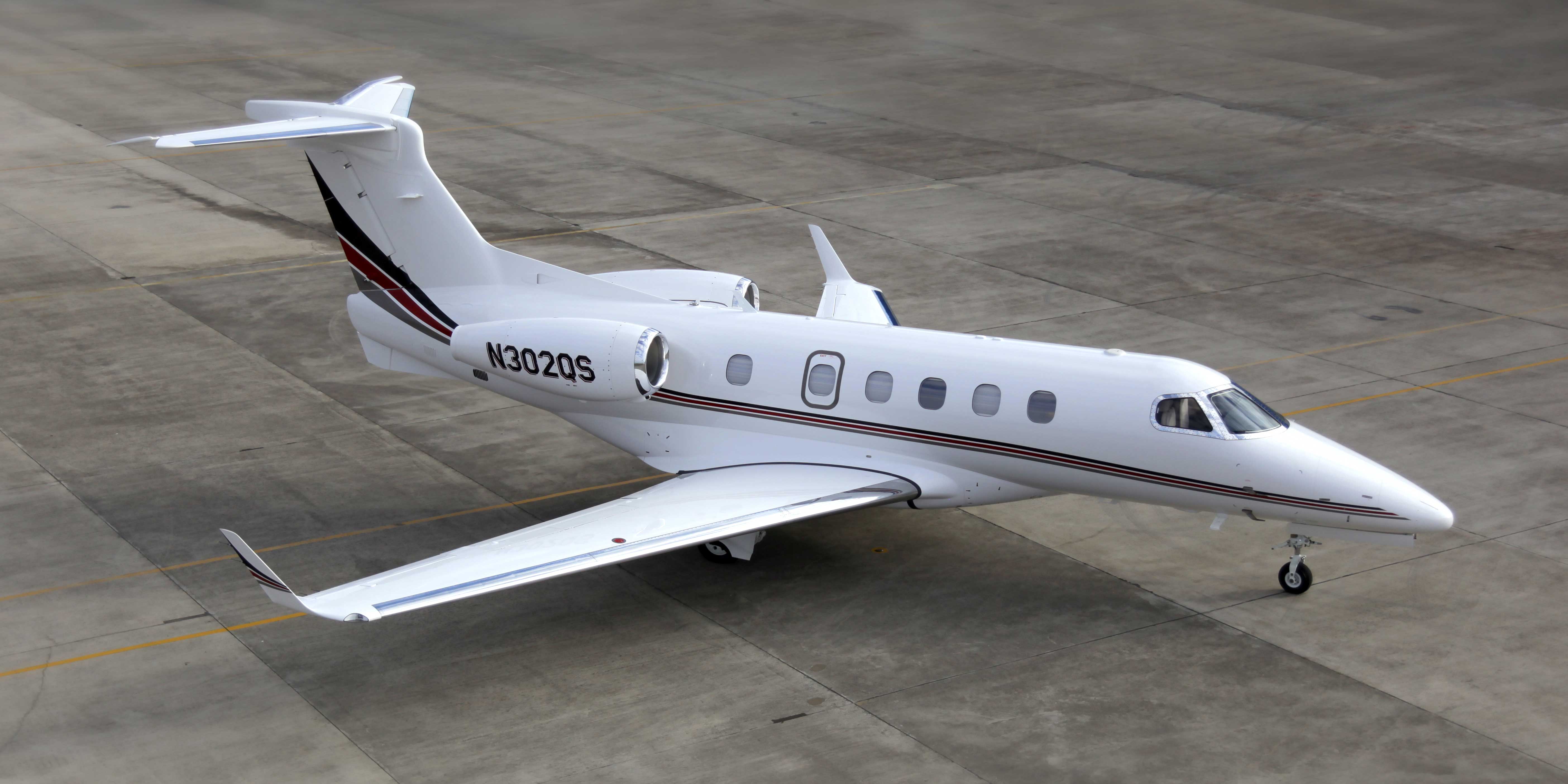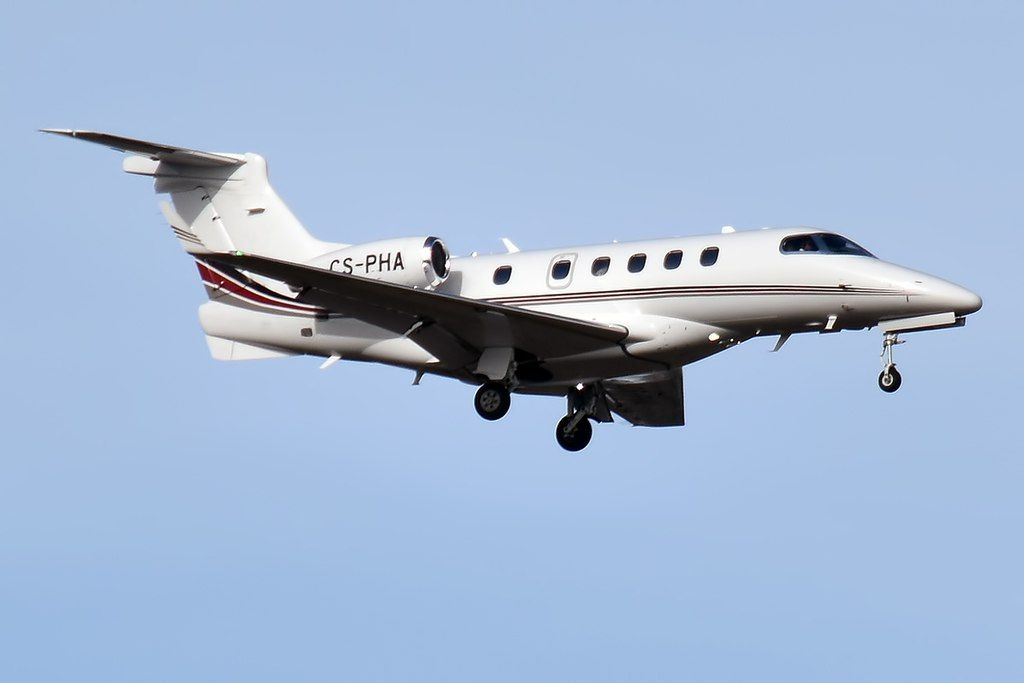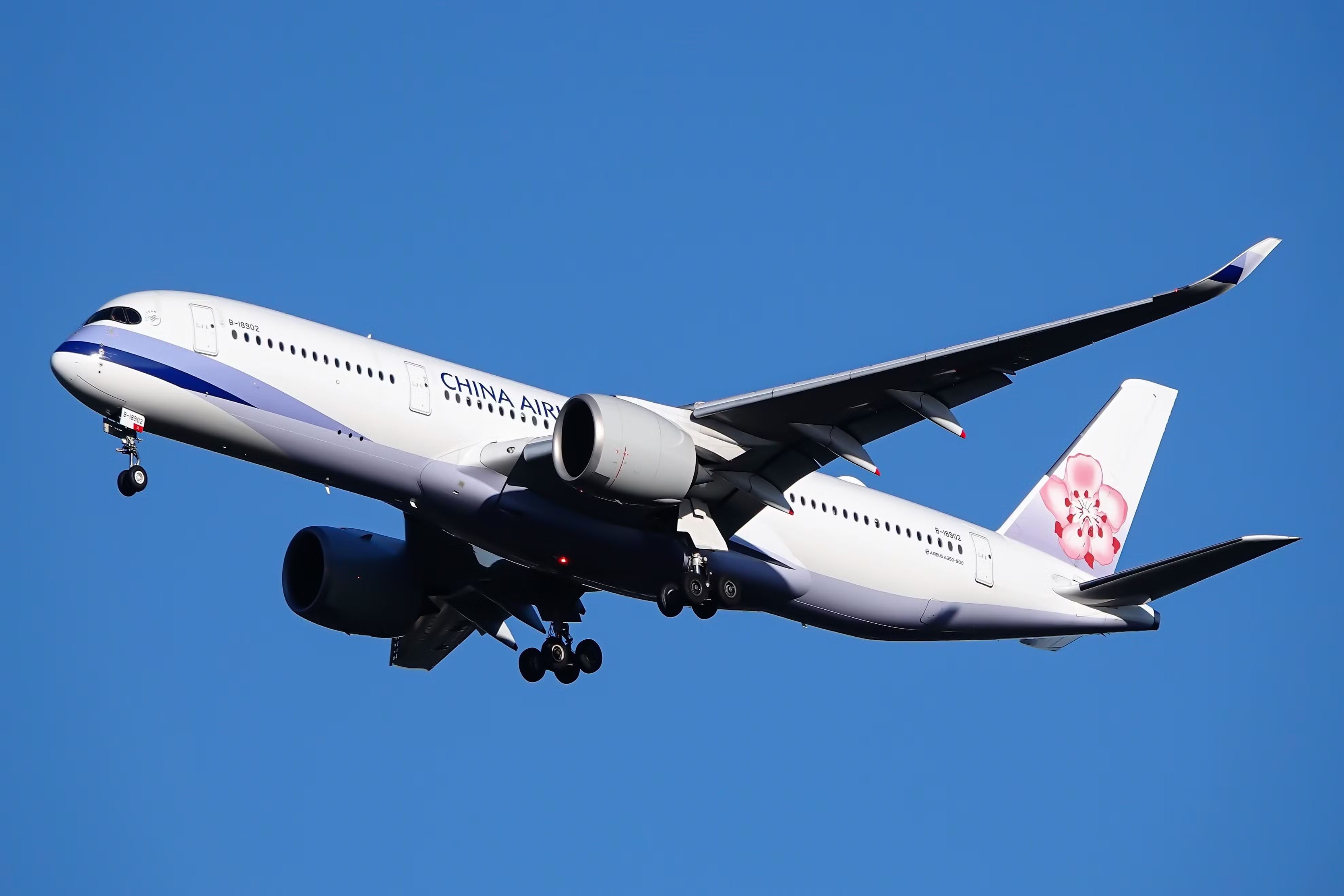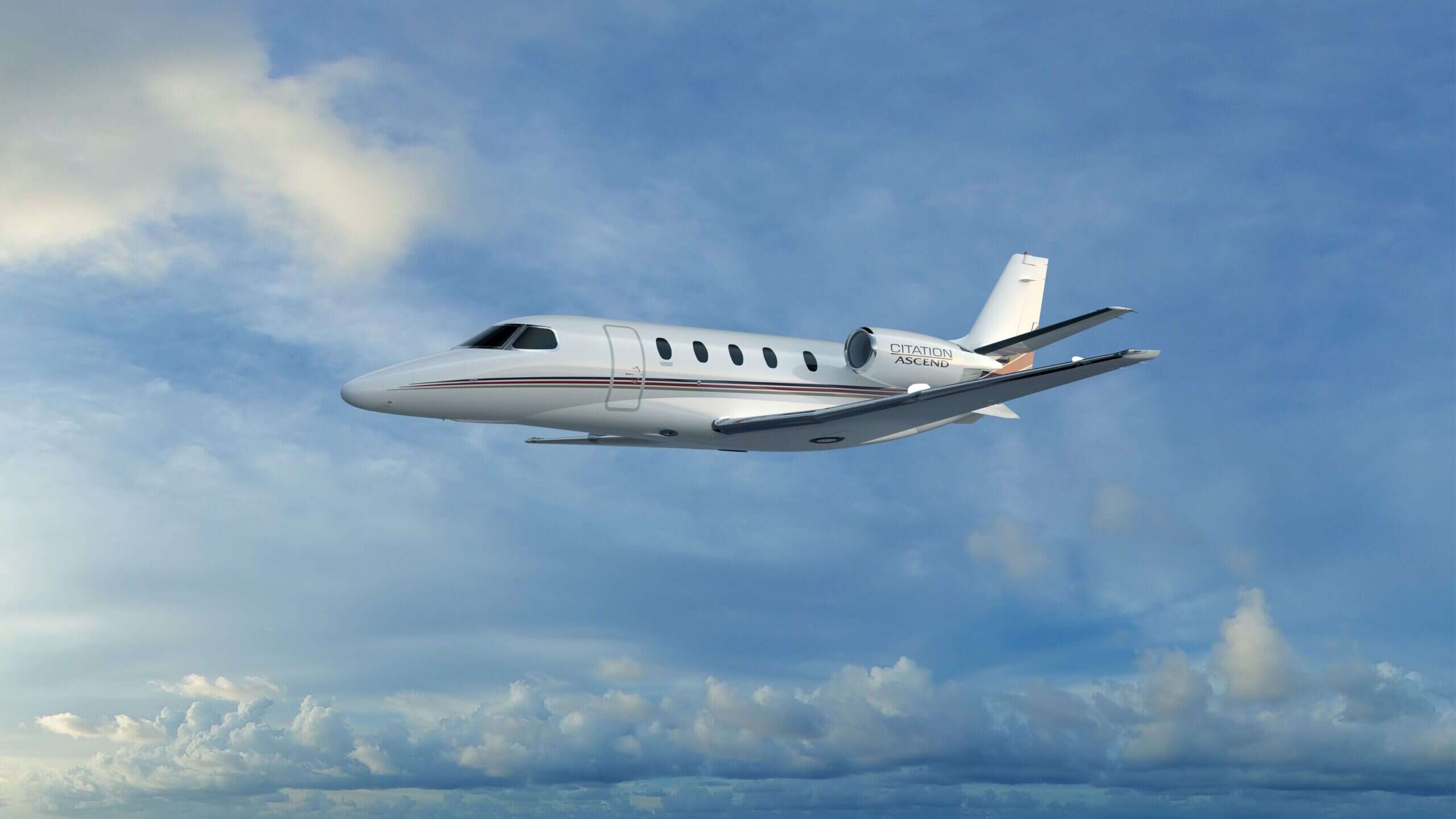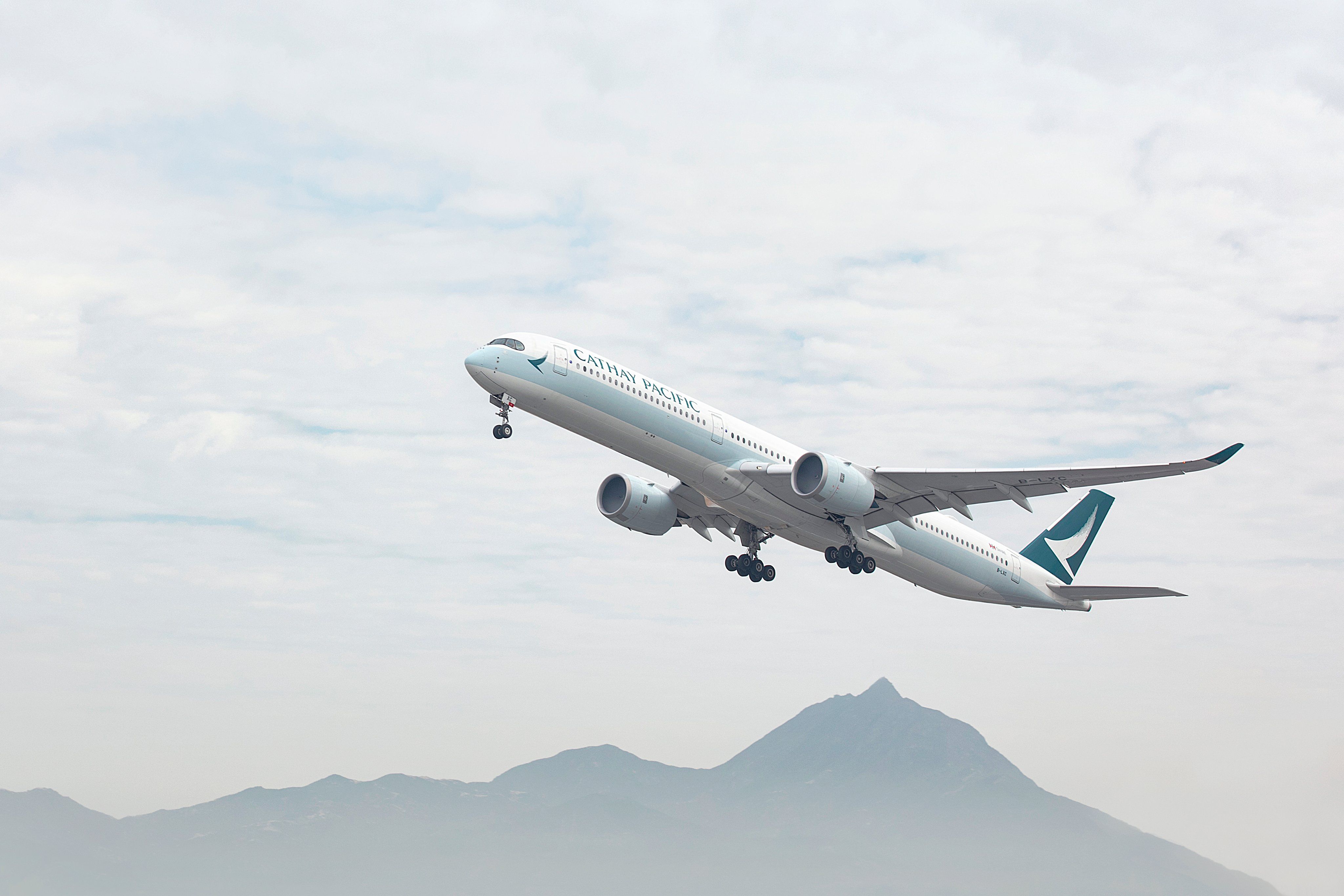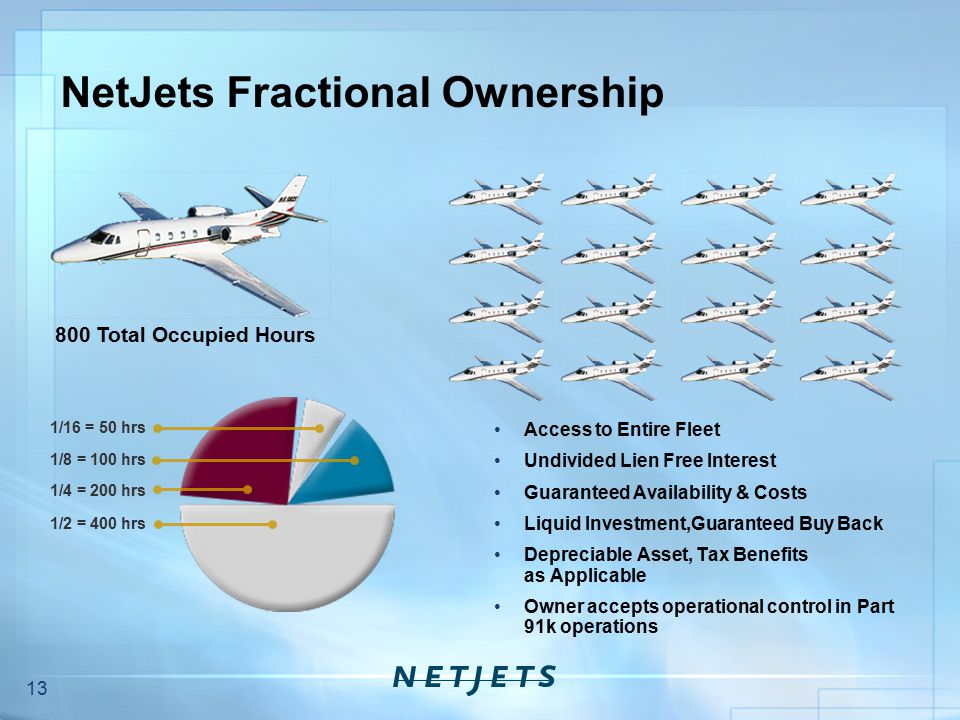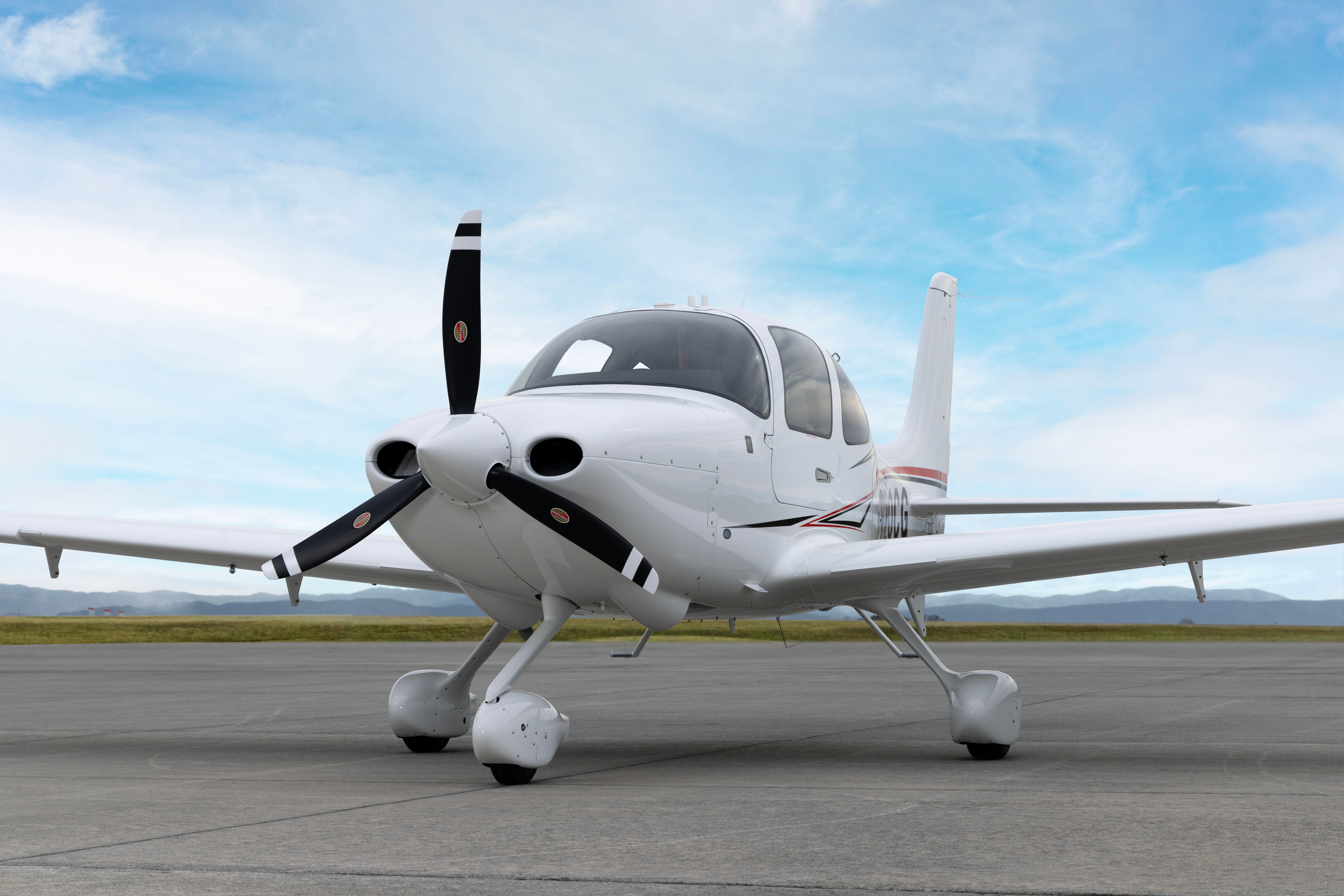How Many Routes Does Netjets Airlines Have

The question of how many routes NetJets, the world's largest private aviation company, actually flies is surprisingly complex, a riddle wrapped in the discretion and flexibility that defines its very business model. Unlike commercial airlines with fixed schedules and published routes, NetJets operates on a dynamic, demand-driven basis, making a precise number elusive. Understanding the scope of NetJets' operational footprint requires navigating the nuances of fractional ownership and on-demand private jet travel.
This article delves into the intricacies of determining the number of routes NetJets utilizes, exploring the factors that contribute to its vast operational capacity. We examine official statements from NetJets, industry data, and expert opinions to shed light on the scope of its global reach. The investigation will clarify why a definitive number is unattainable, and discuss the implications of this operational model for both the company and the broader aviation industry.
The Illusion of a Fixed Route Map
The core of the challenge lies in the fundamental difference between commercial airlines and private aviation providers like NetJets. Commercial airlines operate on a hub-and-spoke system, connecting major airports with regularly scheduled flights. NetJets, however, offers on-demand access to a fleet of private jets, flying owners and customers wherever they need to go, whenever they need to go there.
This means NetJets doesn't adhere to a pre-determined route map. Instead, each flight is essentially a bespoke itinerary, tailored to the specific needs of the owner or charter customer.
Defining "Route" in the Context of Private Aviation
Before attempting to quantify NetJets routes, it's crucial to define what constitutes a "route" in this context. If a route is defined as a frequently flown city pair, even capturing that data would be a dynamic and constantly evolving task.
For example, New York to Miami might be a common trip, but the frequency will fluctuate based on seasonal demand and owner preferences. Furthermore, a single "route" could encompass multiple airports within a metropolitan area, adding another layer of complexity.
Official Statements and Industry Data
NetJets itself has never released a specific number of routes. Their communications emphasize the vast network of airports they serve globally, but stop short of quantifying specific flight paths. Their focus is on availability, access, and bespoke service rather than fixed routes.
"We connect our Owners to the world, flying them to thousands of airports, many of which are inaccessible to commercial airlines," states a representative from NetJets in a recent industry conference. The company highlights its access to smaller, regional airports as a key differentiator, emphasizing flexibility and convenience.
The Impact of Fractional Ownership
The fractional ownership model further complicates the route calculation. Owners purchase a share of a specific aircraft type and are guaranteed access to the fleet. This model allows NetJets to optimize aircraft utilization across its network, responding to owner requests in real-time.
This real-time adjustment means that the aircraft could be flying from Teterboro to Aspen one day, and then from Dallas to Los Angeles the next, depending on owner demand. Predicting or pre-determining these routes is, therefore, impossible.
Estimating the Scope of Operations
While an exact number of routes remains elusive, several factors provide insights into the scale of NetJets operations. The size of the fleet is a key indicator. With hundreds of aircraft operating globally, the potential number of unique flight paths is vast.
Consider the sheer number of airports served. NetJets touts access to thousands of airports worldwide, far exceeding the reach of commercial airlines. This vast network, coupled with the on-demand nature of the business, suggests a practically limitless number of potential routes.
The Role of Empty Legs
Another factor to consider is the utilization of "empty legs." These are flights required to reposition an aircraft after dropping off passengers, or to get it into position for the next scheduled flight. NetJets attempts to sell these empty legs to customers at discounted rates, further diversifying flight patterns.
The existence of these empty legs demonstrates that NetJets is constantly flying between various locations, even without a specific owner request driving the flight. These flights, while not directly requested, contribute to the company's operational footprint.
The Future of Private Aviation Routes
As technology advances, NetJets is likely to further optimize its operations and enhance its ability to respond to customer demand. Predictive analytics and machine learning could be used to anticipate travel patterns and proactively position aircraft for upcoming flights.
This increased efficiency may indirectly lead to more predictable, if not fixed, routes. However, the fundamental nature of private aviation – personalized, on-demand travel – will continue to preclude a static route map.
Conclusion
Ultimately, determining the precise number of routes NetJets operates is an exercise in futility. The company's business model, characterized by on-demand flights and a vast network of airports, defies a simple calculation. Instead of focusing on a definitive number, it's more valuable to appreciate the scale and flexibility of NetJets' global operations.
NetJets isn't defined by fixed routes but by its ability to connect owners to virtually any destination they desire, whenever they desire it. This dynamic and personalized approach to air travel is what sets NetJets apart and positions it as a leader in the private aviation industry.


